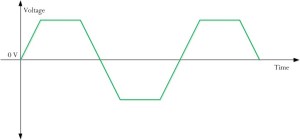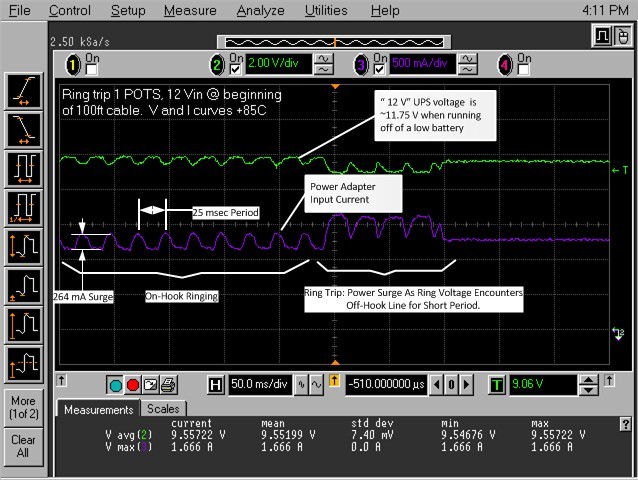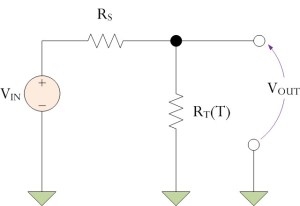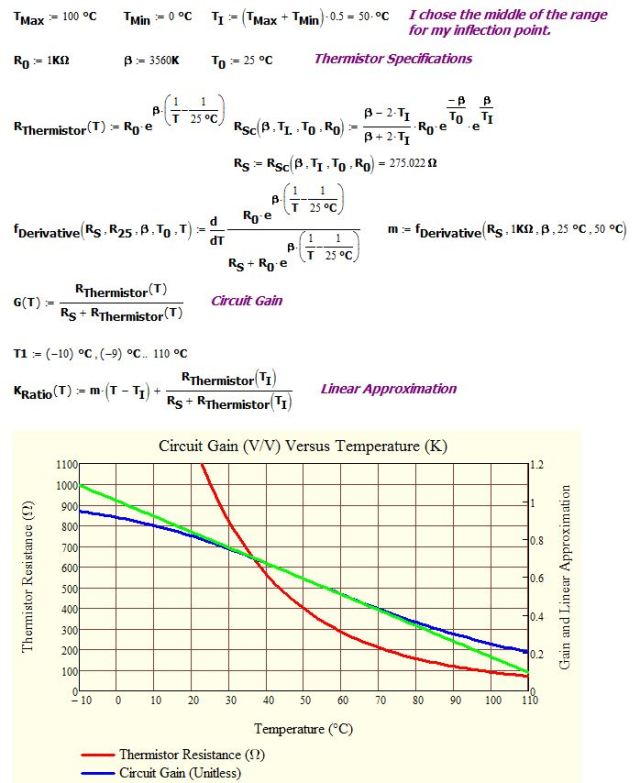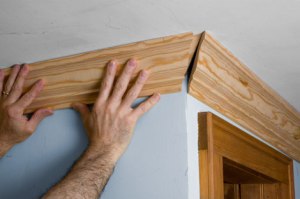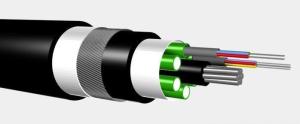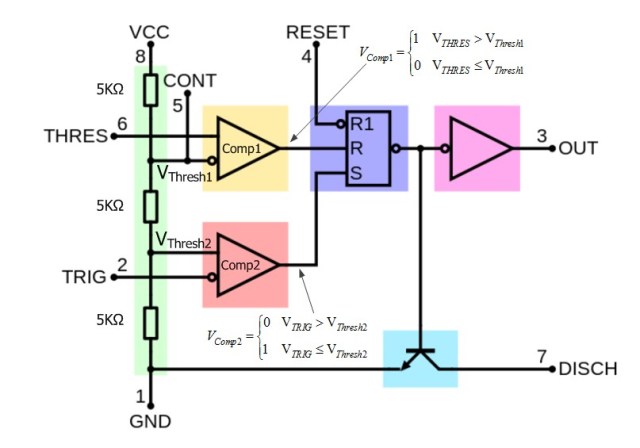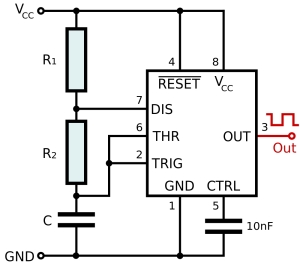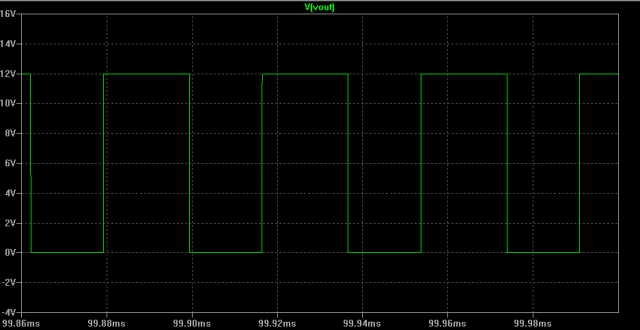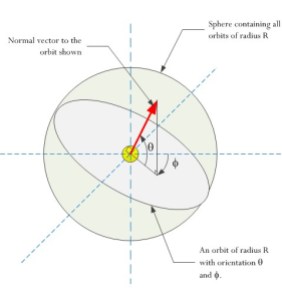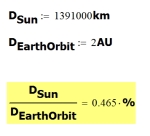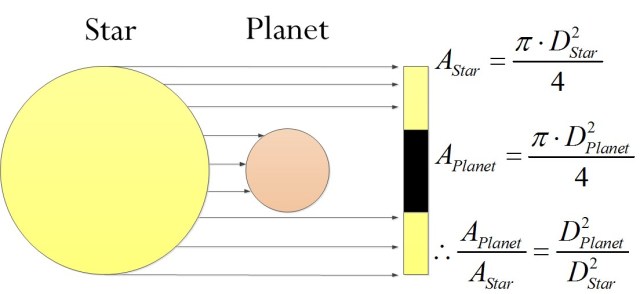Quote of the Day
Talent is God given. Be humble. Fame is man-given. Be grateful. Conceit is self-given. Be careful.
— John Wooden
Introduction
As you can tell by my recent posts, I am doing quite a bit of traditional landline phone math lately. The problems are not very complex, but their resolution is important to delivering quality voice service. Today, I have been working on the circuitry that determines when a phone has gone off-hook.
Phone ringer systems determine when a phone has gone off-hook (see Figure 1) by measuring either the DC resistance or AC impedance magnitude on the phone line and comparing it to a threshold value called the ring trip resistance. The choice of measuring DC resistance or the AC impedance magnitude depends on the length of the line and I will discuss that in detail below. The setting of the ring trip threshold value is definitely a Goldilocks problem -- not too high, not too low -- it must be just right. The value you choose also depends on the country that will be deploying your phone system.
My staff asked me three questions about the setting of the ring trip resistance value:
- What system characteristics determine the value of the ring trip resistance?
- Does the value need to be different for other countries?
- Why is the value different for Fiber-To-The-Home (FTTH) systems than for traditional landline phone system?
I thought these were good questions and worth discussing here.
Background
Country Focus
My discussion today will focus on phone systems in the US and Brazil. US phone standards are controlled by Telcordia, a company that has its roots in the Bell System. The telephone standards in Brazil are controlled by a federal agency, Anatel.
Brazil has similar telephony specifications to those of the US. There are two main differences:
- The ring frequency in Brazil is 25 Hz and the ring frequency in the US is 20 Hz.
25 Hz is very common around the world. I have no idea why the US uses 20 Hz. I am always amazed at how the telecommunications standards in each country are similar, but just different enough to require specialized hardware configurations.
- Each country tests the ringer circuit's ring trip level differently.
US specifications (GR-909) state that a ringer circuit must be able to ring a line load consisting of a resistance of 10 KΩ and in parallel with a capacitance of 6 μF. This load is equivalent to ~5.3 REN (see Appendix A). Brazil uses an even heavier load (820 Ω in series with 6.8 μF), which is equivalent to ~5.7 REN (see Appendix A).
Definitions
- Ring Trip
- The process of stopping the AC ring signal and connecting the voice path at the Central Office (CO) when the ringing telephone is answered (Source). This is equivalent to saying that the ringer circuit has detected the phone going off-hook.
- Ring Trip Immunity Load
- The minimum line impedance at which the ringer circuit is guaranteed to be able to apply ringing voltage without detecting a ring trip (i.e. off-hook) condition.
- LSSGR
- The acronym stands for Local Switching System General Requirements. This term refers to a number of Telcordia specifications for long reach, copper wire-based telephone systems. These systems use CO-based ringer circuits and can reach subscribers 20,000 feet or more from the CO.
- GR-909
- The telephone specification used in the United States for phone lengths of length 500 feet or less. This specification is commonly used with FTTH systems, which place their ringer circuits on the side of the home.
- Ringer Equivalence Number (REN)
- The electrical load placed on a phone line by the single electric bell of a Model 500 phone, which we call a REN. In the US, the number of these old phones allowed on a line is limited to 5, which is called a "5 REN load". In impedance terms, one REN is equivalent to 6930 Ω resistor in series with an 8 µF capacitor.
Telephone Ringing Process
For our discussion here, let's describe the telephone ringing process as follows:
- The ringer circuit (in the central office or FTTH ONT) applies the ring voltage to the phone line.
- The phone rings and the ringer circuit monitors the AC impedance (short-line per GR-909) or DC resistance (LSSGR) it measures on line.
- If the AC impedance magnitude or DC resistance drops below the ring trip threshold, the ringer circuit stops ringing the phone and another circuit sends out the dial tone on the line.
While the total phone load in a home is limited to 5 REN, telephone standards require that ringer circuits must be able to ring a phone line without ring tripping when the phone line is loaded with slightly more than 5 REN. This margin is to ensure that the phone line can be rung even if the phone REN values vary a bit from their specified values. The load level at which the ringer circuit is guaranteed to ring a line without ring tripping is called the ring trip immunity load.
Note that modern phones usually use electronic ringers and put significantly less than one REN load on a phone line. This means you can put more than 5 modern phones on a line.
Ring Trip Detection Approaches
As mentioned earlier, there are two approaches to detecting that a phone has gone off-hook:
- AC Impedance Magnitude Measurement
This approach is simpler to implement but it turns out it only works for phone lines of short lengths (specified by GR-909 as 500 feet or less in length). It turns out that AC impedance magnitude detection is easy to implement in single-chip, Subscriber Line Interface Circuits (SLICs). If you are curious, you can check out this example of a SLIC.
- DC Resistance Measurement
This approach works for any length line, but is more difficult to implement in a small, cheap integrated circuit.
I only work with short-length phone lines and, therefore, I have only worked with the AC impedance magnitude approach for detecting ring trip.
Analysis
Copper Landline
Figure 2 shows my ring trip resistance calculations for a copper landline.
Table 1 summarizes my landline, ring trip resistance results.
|
Central Office |
AC |
DC |
|
On-hook |
0 Ω to 1.24 kΩ |
10 kΩ to infinity |
|
Off-hook |
0 Ω to 1.93 kΩ |
0 Ω to 1.93 kΩ |
As you can see in Table 1, the AC impedance magnitude ranges for a landline will not allow us to unambiguously detect a phone going off-hook. That is why long lines always detect off-hook using a DC resistance measurement.
Short Lines (e.g. FTTH)
Figure 3 shows my calculation for the on-hook and off-hook AC impedance magnitude and DC resistances for a short (<500 feet) phone line.
Table 2 summarizes my results.
|
Fiber/GR-909 |
AC |
DC |
|
On-hook |
1.24 kΩ to infinity |
10 kΩ to infinity |
|
Off-hook |
0 Ω to 500 Ω |
0 Ω to 500 Ω |
These calculations show that we have a clear difference between the AC impedance magnitude of an on-hook and off-hook phone. Since the AC impedance measurement works and is simpler, single-chip SLICs use this approach. Table 2 also shows that both AC and DC ring trip detection will work on a short line. However, the ring trip resistance value you use may be different for each approach.
Answers to Questions
I will now answer the questions I posed in the introduction:
- What system characteristics determine the value of the ring trip resistance?
The key factors are:
- line length -- this tells us how much DC resistance will be added to the phone ringer load by the wire of the line.
- AC impedance magnitude at which we must guarantee that we will not ring trip -- our ring trip resistance must be below this value (i.e. < 1.24 KΩ).
- line leakage value -- our ring trip resistance must be below this value (i.e. < 10 KΩ).
All this means that we have a fair range over which we can set the ring trip resistance and have it work reliably. You often see ring trip resistance values of ~1 KΩ for a GR-909-compliant system. The ring trip resistance values for a landline system are usually ~4 KΩ.
- Does the value need to be different for other countries?
Yes, the ring trip resistance value will vary depending on each country's requirements for ring trip immunity. The ring trip immunity load and the ring frequency determine the AC impedance magnitude.
- Why is the value different for FTTH systems than for traditional landline phone system?
FTTH systems are short, which means that there is little DC resistance (< 70 Ωs worst-case) added to the phone's on-hook impedance (~1.4 KΩ worst-case). Since the on-hook impedance (~1.4 KΩ worst-case) is so much different than the off-hook impedance (~500 Ω), it is easy to detect that a phone has gone off-hook. For a landline phone, the DC resistance can be so large (~1.5 KΩ) that it makes the impedance change caused by a phone going off-hook impossible to detect reliably. In this case, it is better to just measure the DC resistance.
Conclusion
I hope this discussion helps explain why phone circuits used in FTTH and landline systems behave differently with respect to ring trip. I sometimes have deployments scenarios where a service subscriber, usually a rancher or farmer, will want to run a phone line from an ONT to a remote barn that is 5000 feet from the ONT. Unfortunately, this will not work because the AC impedance measurement approach used in single-chip SLICs to detect ring trip is just not up to the task.
Appendix A: REN Equivalence Calculations
Figure 4 shows my estimates for the equivalent REN loads of the GR-909 and Anatel loads that must not cause a ring trip. I have included an impedance calculation that includes a frequency error in the ringing signal. This error is possible and must be included in a calculation of the worst-case loading.
Appendix B: GR-909 Ring Trip Immunity Specifications
Figure 5 shows the GR-909 ring trip immunity requirements.
Appendix C: Anatel Ring Trip Immunity Specification Snippet
I grabbed the following quote from an Anatel specification on their ring trip immunity -- it is in Portuguese.
O aviso sonoro para o terminal de voz deve ser acionada quando este for submetido a um sinal de chamada conforme especificado no Art. 11, para linhas de 0 a 3 km, com uma impedancia em paralelo ao terminal de 6,8uF + 820 ohms conforme figura 7B desta consulta.
Using Google Translate, I believe the following statement is a reasonable translation.
The ringer in the voice terminal must be engaged when it is subjected to a signal as specified in Art. 11, for lines 0 to 3 km, with an impedance in parallel to terminal 6.8uF + 820 ohms as figure 7B of this consultation.
Note the 3 km line length limit.







